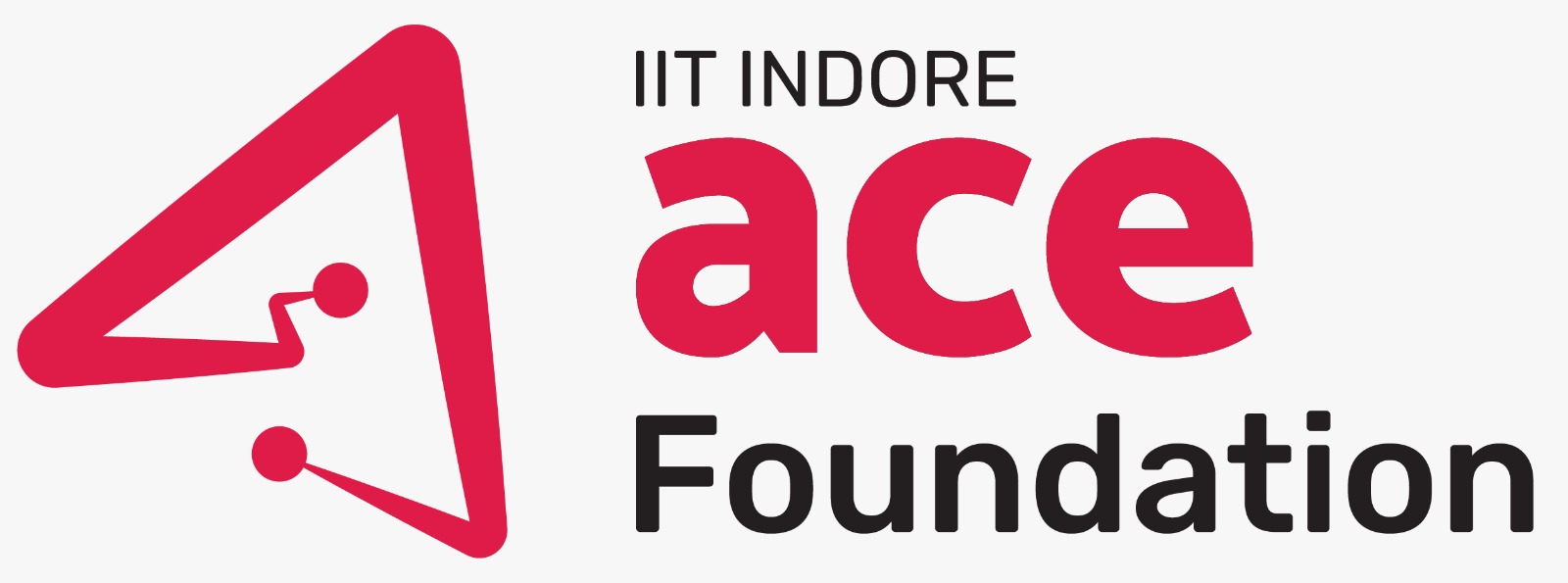“One language sets you in a corridor for life. Two languages open every door along the way.” – Frank Smith
There has been increasing studies regarding second language acquisition in early childhood. The advantages of teaching a second language to the child are manifold.

Gives them a head start
Children who pick up a second language before the age of 5 use the same part of the
brain that is utilised for learning the mother tongue. Hence, they learn the
language faster and with more confidence.
Studies prove that bilinguals have more neurons than those who know one language The child’s cognitive development related to problem-solving and logical reasoning
improves. It leads to better academic performance too.
Children become better communicators when they learn more than one language. They can speak with conviction due to a greater grasp over more words. Their interactions with peers become refined.
Learning a second language in early childhood means the child opens up to different
perspectives, cultures, etc. Their awareness expands and they become more
attuned to their surroundings.
Knowing more than one language is a great asset for career growth. Moving places for
work and study is the norm today. Also, companies prefer individuals equipped
with language skills. Your child stays a few steps ahead of the competition
when they learn a second language.
It’s a myth that a child would get confused when introduced to more than one language. Children enjoy learning languages in the right active learning environment.
And Caprics Learning Lab helps you build such a space. We are innovators in the field of Early Childhood Education. Get in touch with us for creating curriculum and educational resources catering to the 21st century’s demands.




